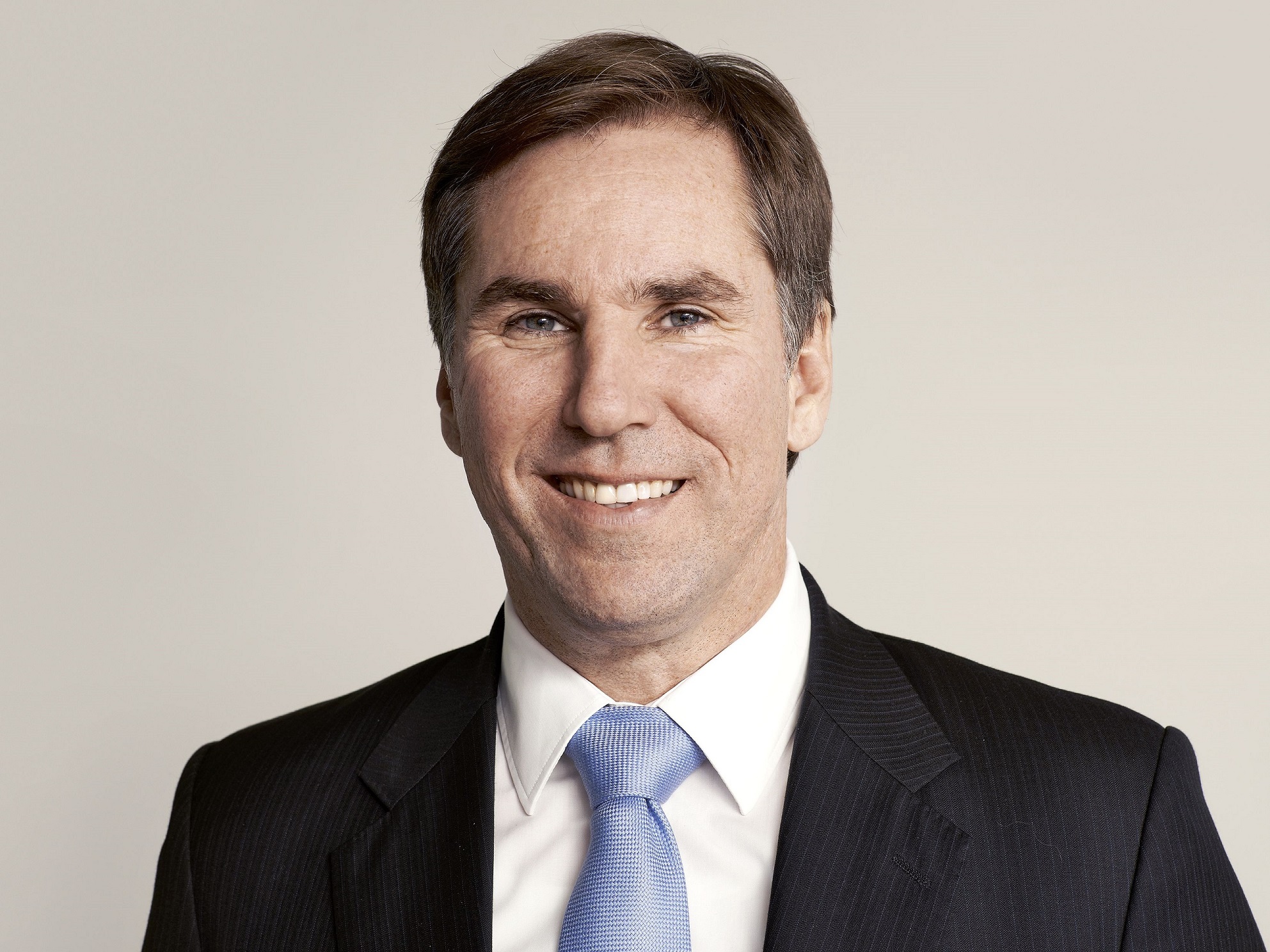
The construction materials company says the new targets build on its 2030 commitments approved in September 2020. They cover the company’s entire value chain, including both direct and indirect emissions, following the three ‘scopes’ established by the Greenhouse Gas (GHG) Protocol.
Jan Jenisch, CEO of Holcim, says the building sector has an essential role to play to accelerate the world’s transition to net zero.
"I am proud to be joining the Science Based Targets initiative today to announce Holcim’s net zero pathway to 2050," he adds. "By setting the first net-zero standard for our industry, we are walking the talk on our commitment to take science-driven action to win the race to net zero.”
Alberto Carrillo Pineda, co-founder and MDof the SBTi, said that companies are currently self-defining net-zero targets without credible and independent assessment of their ambition and integrity.
"For the first time, the SBTi Net-Zero Standard offers companies robust certification to demonstrate to consumers, investors and regulators that their net-zero targets are reducing emissions at the pace and scale required to keep global warming to 1.5°C," said Pineda. "We’re now inviting all companies with net-zero targets and ambitions to show stakeholders that their decarbonization pathway is aligned with science. And the rest of the business sector - we call on you to join the Race to Zero.”
Holcim says it is taking a rigorous science-driven approach to build a net-zero future, working with the SBTi. With its new 2050 pathway, the company adds that it is the first in its sector with net-zero targets for 2030 and 2050 validated by SBTi, cutting across its entire value chain (Scope 1, 2 and 3). See full details here.
Holcim states that it is actively working on all levers to accelerate its sector’s transition to net zero. It adds that it is making green building possible at scale with global ranges of its green concrete ECOPact and green cement ECOPlanet. It plans to produce to 100 million tons of recycled materials by 2030, and utilises technologies like 3D printing that use 70% less materials with no compromise on performance.
The company says it is also exploring next-generation technologies for breakthrough impact from digitalisation to carbon capture utilisation and storage.










